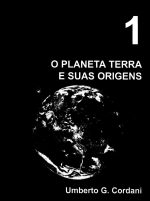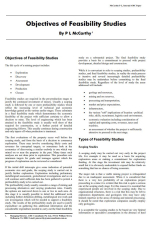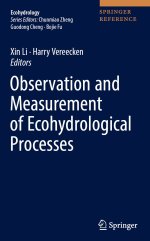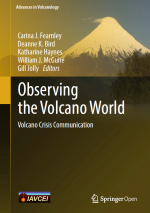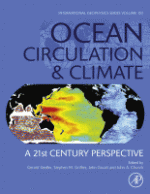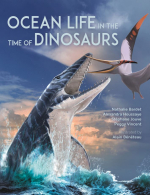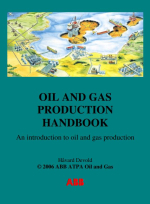Crystallography, an interdisciplinary subject, plays an important role in a wide range of subjects of science and technology. Its rudimentary knowledge is essential for beginners in physics, chemistry, mathematics, molecular biology, geology, metallurgy, and particularly to materials science and mineralogy. Its relationship with physics can be understood in terms of the following examples:
1. All conservation laws in physics are essentially interrelated with symmetry operations.
2. Symmetry considerations allow us to establish Pauli’s exclusion principle.
3. Periodic potential of the lattice is responsible for the creation of allowed and forbidden energy bands. Accordingly, materials can be classified as conductor, semi-conductor and insulator depending on the amount of band gap.
4. Relationships between the magnitudes of measurable parameters give rise to the tensor components of different physical properties in crystals. This list can be elaborated further. <...>



